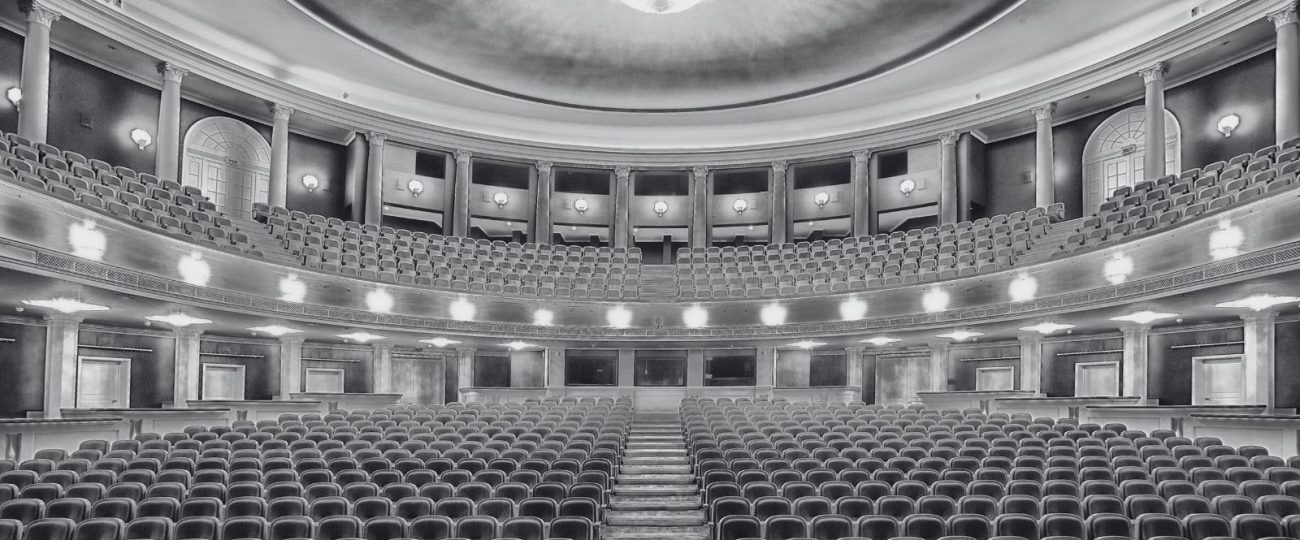What Happened On October 23rd?
On October 23, 2002, a night at Moscow’s Dubrovka Theater transformed into a tragedy that gripped the world. Over 900 people had gathered to enjoy the popular musical Nord-Ost when 40 Chechen militants, led by Movsar Barayev, stormed the stage. Armed with automatic weapons and explosives, the attackers swiftly took control, turning the audience and cast into hostages. The militants demanded an end to Russian military operations in Chechnya, threatening to kill everyone inside the theater if their demands were not met.
The assault was carefully planned, with the attackers blocking every exit and firing warning shots to prevent escape. Several of the militants were women, known as “Black Widows,” who wore suicide vests and seated themselves among the hostages. These women had lost loved ones in the Chechen conflict, and their readiness to die added another layer of fear. At first, some audience members assumed the gunmen’s dramatic entrance was part of the performance, but as the reality unfolded, panic set in. Barayev and his men wasted no time making their intentions clear, forcing their demands through phone calls made by select hostages to Russian media outlets.
Inside the theater, conditions quickly deteriorated. Food and water were cut off, and the air became stifling as the ventilation system was deactivated. The temperature rose sharply, adding to the growing discomfort. The hostages faced hunger, exhaustion, and constant threats from the gunmen, while children and the elderly struggled to cope with the worsening conditions. Some of the hostages managed to secretly communicate with people outside using mobile phones, offering crucial updates about the location of the attackers and the explosives placed throughout the building.
What many did not realize was that the militants had carefully smuggled weapons and explosives into the theater days before the attack, disguising themselves as theater employees and guests. They meticulously planned every detail of the operation, ensuring that every escape route was blocked and that every possible entrance was rigged with explosives. Russian intelligence later uncovered that the attackers had attended rehearsals of Nord-Ost as part of their reconnaissance, studying the layout of the theater and timing their assault for maximum impact.
Meanwhile, Russian authorities faced immense pressure to end the crisis. Negotiations were initiated almost immediately, with several hostages being released, including children and foreign nationals. However, the bulk of the captives remained inside, and it became clear that the militants would not surrender easily. The special forces, known as Alpha Group, began preparing for a potential military intervention. Although negotiators continued their efforts, it soon became apparent that the attackers had no intention of releasing more hostages without their demands being met in full.
After 57 hours of standoff, on October 26th, Russian authorities made the difficult decision to end the siege by force. Special forces pumped a powerful gas into the theater’s ventilation system, designed to incapacitate everyone inside. The gas, later identified as a fentanyl-based derivative, spread quickly through the auditorium. Within minutes, both militants and hostages began losing consciousness. Special forces then stormed the theater, executing the militants before they could detonate their explosives. They found that the attackers had rigged bombs around the building and on their bodies, but none had been activated.
Though the operation ended the threat posed by the gunmen, the use of gas came with severe consequences. More than 130 hostages died—not from gunfire or explosions, but from the effects of the chemical agent. Medical teams, unaware of the type of gas used, were unable to treat the victims effectively. Many hostages succumbed to respiratory failure, while others were found too late to be revived. This led to widespread criticism of the Russian government’s handling of the crisis, with many questioning why medical personnel had not been better prepared for the aftermath of the raid.
Investigators later discovered that the militants had not only carefully coordinated the attack but had also planned to detonate the explosives as soon as Russian forces entered the building. Several of the women attackers had been chosen specifically for this task, their suicide vests equipped with detonators. Had the bombs been triggered, the entire theater would have been destroyed in seconds, resulting in far greater casualties. The speed with which special forces disarmed the explosives played a critical role in preventing a catastrophe on an even larger scale.
Survivors of the hostage crisis later shared their accounts of the ordeal. Many described the fear that permeated the theater as the gunmen threatened violence at every turn. Despite this, there were moments of quiet solidarity among the captives. In the balcony, a group of children sang songs to calm themselves and those around them, while adults shared small amounts of water to stave off dehydration. One of the most remarkable stories involved Olga Romanova, a woman who had been released to help negotiate with the gunmen. Romanova secretly smuggled a mobile phone back into the theater, using it to provide real-time information to Russian forces about the placement of the explosives and the movements of the attackers.
The ventilation system, used to disperse the gas, also became a crucial element in the outcome of the operation. Designed to quickly circulate air throughout the theater, it spread the gas unevenly, affecting different parts of the building at varying levels. Some hostages fell unconscious immediately, while others experienced confusion and panic as they remained semi-alert. This uneven distribution contributed to the differing survival rates among the captives, further complicating the medical response.





